Scratch Coding Classes for Kids Made Simple for Parents and Engaging for Young Learners
Scratch Coding Classes for Kids Made Simple for Parents and Engaging for Young Learners
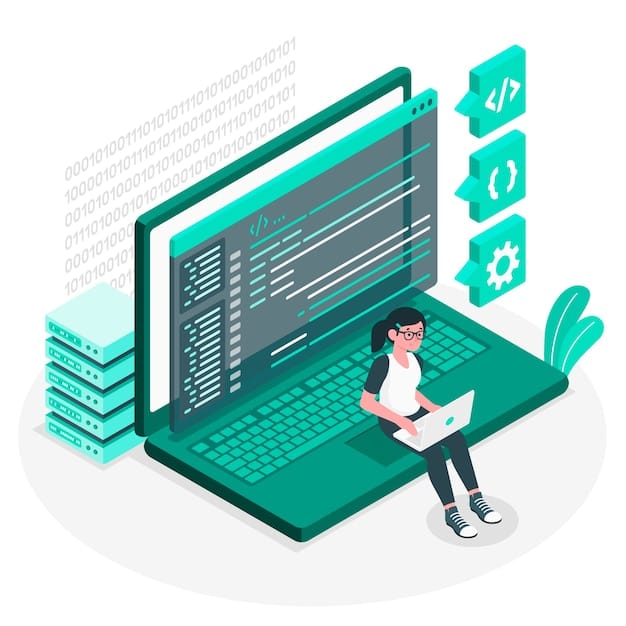
Scratch is one of the most creative and the least challenging systems of teaching kids how to code. Intended to be used by children exclusively, it will familiarize them with fundamental ideas of programming using brightly-colored blocks, drag-and-drop intuition, and limitless creativity.
At Codeyoung, we went the extra mile with this powerful tool; to provide the Scratch coding class that is fun and interactive in a way that encourages young minds to be curious. Our scratch coding classes for teens offer a hands-on introduction to scratch and coding, allowing learners to think logically while experimenting with their own creations.
No matter what the experience level of your child: an absolute beginner or someone determined to create the first animation, game, or another creative project, our online scratch coding classes will become not only an interesting experience to a child, but also confidence to the parents.
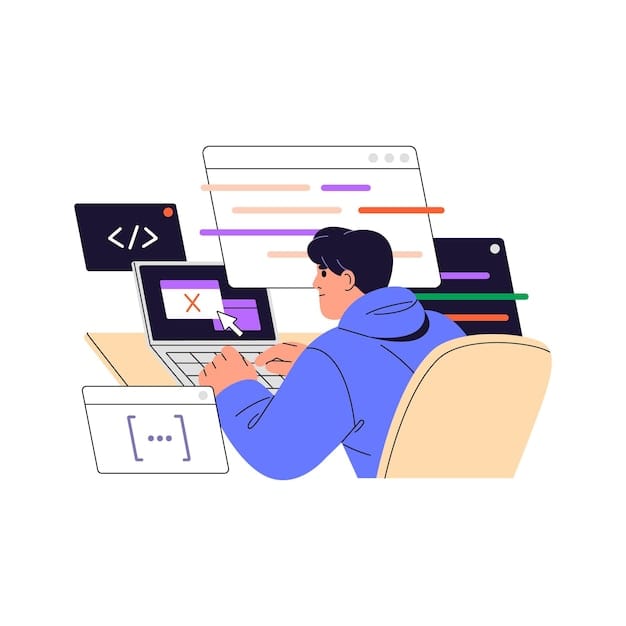
We here at this blog will guide you through why Scratch coding is so effective as well as explain why it is best used by younger learners and show you how Codeyoung makes your child fall in love with learning by making this a fun process of discovery during each and every class she attends.
What Is Scratch and Why Kids Love It
Scratch is a visual programming language that enables children to create stories, games, and animations through drag-and-drop blocks. It was created with children aged between 6 and 16 in mind and needs no prior knowledge; the aim of the application is to make learning to code enjoyable and logical.
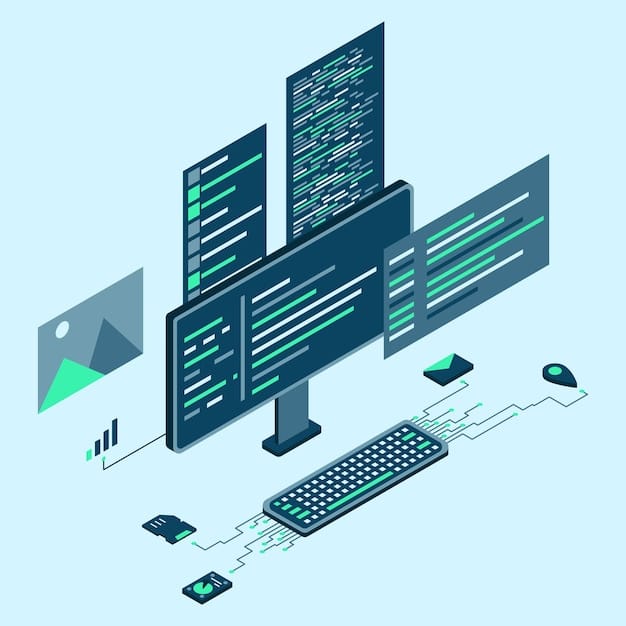
This is the reason why children love it:
✅Brings logic and sequence without complicated syntax - Children do not create lines of code but insert blocks of various colors to make logical sequences. This will enable them to learn on how to code structurally, in sequence, using loop and condition in a manner which is simple and free of error.
✅Children get immediate rewards with colorful and engaging results- As soon as a child constructs a project, it can press the most coveted button as a child, the play button, and watch their characters move, speak, or interact. This immediate visual response maintains their interest and enable fast experimentation and solving instant problems.
✅Develops individuality and invention skills - Invention and creativity In scratch, kids get to deal with an open canvas and make anything into reality. They become self-confident and self-initiated learners as they can create games, animation and interactive stories that follow their personal interests.
✅Excellent initiation in the knowledge of how to program with Scratch very well - through playing with Scratch, children learn the basics of computational thinking. Among them, there are learning to divide problems into steps, how to use logic in decision-making, and how to organize the program, which naturally continue to the learning of real-life programming languages in the future.
When kids begin exploring Scratch and coding, they quickly move from simple animations to other projects that showcase their creativity and logic. The coding area on the left-hand side of the screen provides the starting blocks needed to bring ideas to life—covering everything from motion to looks, events, and even the sound block. Within the project editor, learners can customize their code and add interactive elements using the sounds tab to create effects or music. This is where many begin to understand how to create a Scratch game from scratch.
Adjusting a sprite's movement, appearance, and behavior becomes intuitive, especially when students create their own sprites or modify existing ones.
One of Scratch’s main features is how easily it connects visuals with logic, making the coding area a place of endless experimentation and discovery, perfect for any student taking a scratch coding class.
How Scratch Coding Classes for Teens Build Future-Ready Skills
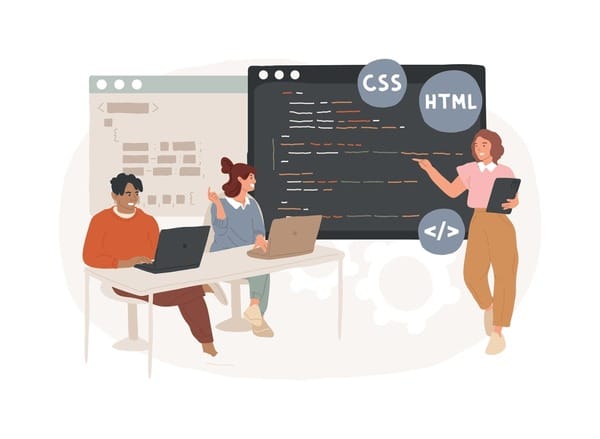
Although Scratch might seem superficial and creative only at first glance, its effects on young learners, particularly teens, are strong and durable. Scratch coding lessons for teenagers are not all about games and animations only, but provide a clear foundation of key tech and life skills that can equip the students with a successful digital future. These classes also give teens real experience in how to code with Scratch, making them confident in their ability to navigate technology meaningfully.
✅Creates better problem solvers and thinkers logically - By learning to simplify a large problem and step by step debugging, and applying logic to structuring the code, teens are taught to be better problem solvers and thinkers logically. Such decision-making skills play a very important role in academics as well as in real-life situations of decision-making.
✅Enhances story telling, design and animation skills - Scratch helps teens to build interactive stories, create their designs and create their animations. This cultivates imaginative thinking, aesthetic design, and storytelling format which are core competencies in digital communications, advertising, and game designing.
✅Establishes expertise in online creation - Method assists in creating confidence in online creation by the teens since they are able to create something out of nothing (pun intended). This instills some confidence in them and they become actively involved creators than being mere users of technology.
✅Serves as the way in to Python, Web Development, and more - Since the logic of block-based programming of Scratch is transferable to real coding languages, it serves as a springboard to Python and more. When adolescents get familiar with Scratch, they will find it more natural to progress to text-based programming languages, e.g., Python, JavaScript, or HTML, without being afraid of it.
Why Scratch Is the Ideal Start for Young Coders
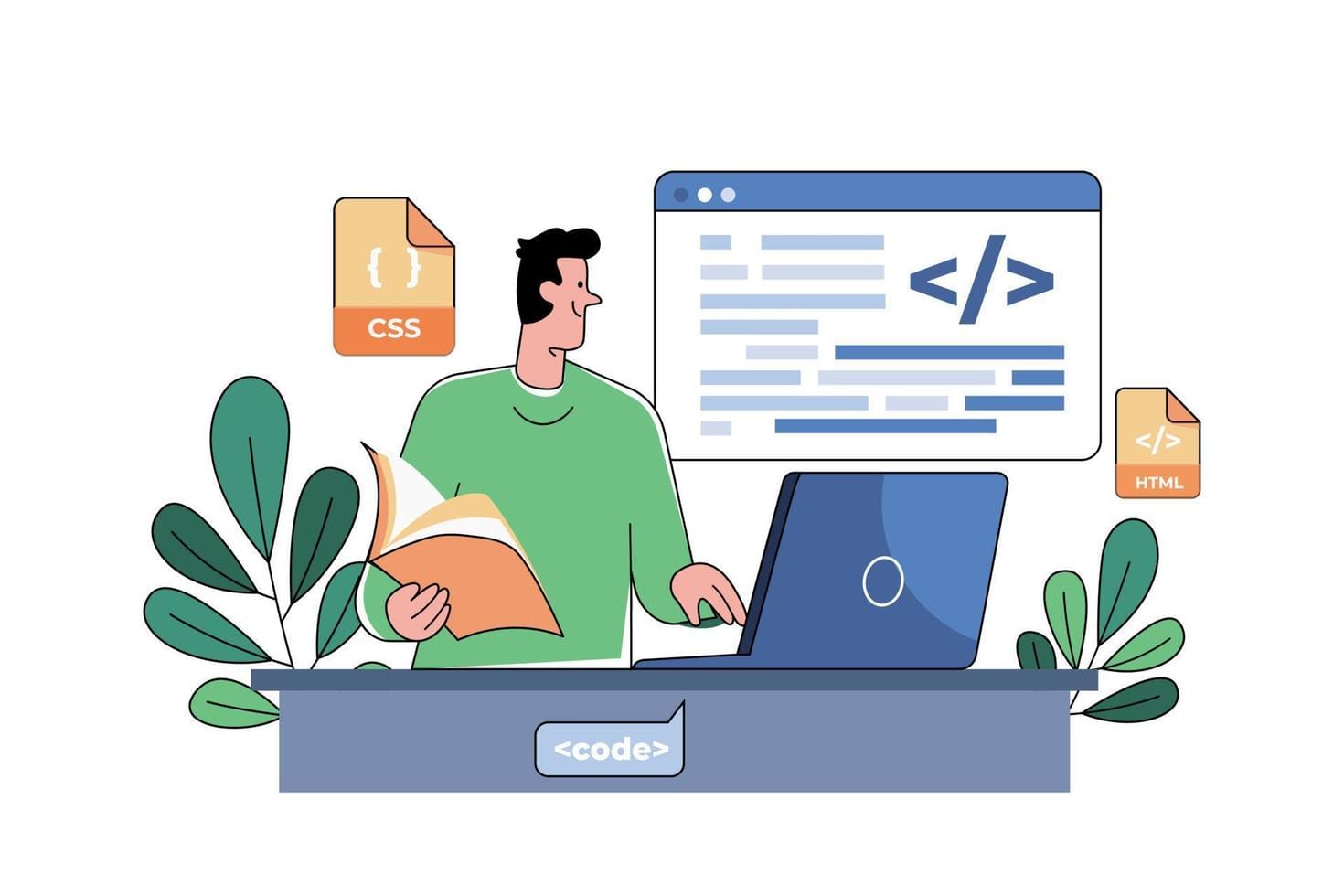
Most novice programmers are initially overwhelmed with something as text-based as programming: syntax errors, obscure commands, and non-intuitive formatting will easily turn away beginners. Scratch programming gets rid of those obstacles because it provides a visual, block-based coding environment where primary emphasizes are on building key computing thinking skills in an enjoyable, frustration-free setting.
✅Simple, even children aged 6-7 years can use it: Well designed, with a colorful interface and drag-and-drop action, Scratch can be used by the most tender representatives of young learners who can create their first projects on their first day. You do not have to type or remember commands; you simply stack slotted blocks together as though it were a jigsaw puzzle.
Since Scratch does not deal with written words but with icons, colors, and shapes, young learners have a chance to concentrate on the logic of coding but are not disadvantaged by syntax errors.
This reduces frustration and gives confidence, and the results are even noticeable by the novices. It is also a game-like surrounding that leaves children amused and captivated, and thus it is easy to keep them in the learning process as they progress in time.
✅Embraces group and individual work projects – Scratch is adaptable, whether it is individual or a group, or a pair working effort, or a practice of two people or a group. It can be used as guided and open exploration, so it is excellent in a classroom, club, or at home.
This flexibility creates cooperation as well as independence. During group projects, children can acquire knowledge about how to collaborate on ideas, distribute duties, and assist each other which are useful teamwork skills.
They get to experiment with their own ideas when working individually at their own time, and that brings with it ownership and self-responsibility towards their learning. Scratch is very flexible to any circumstances, which makes it suitable in any domain and learning objectives.
✅Teaches concepts like loops, conditionals, variables visually: the concepts like loops, conditionals, variables are taught visually through visual blocks. They are also basic to any coding language and the introduction is both intuitive and interesting.
Kids will be able to witness the influence of the change of the blocks on the result instantly, which will help them clarify their understanding of abstract concepts.
As an example, in case of repeating an animation (with a loop), or when an event in a game is controlled by a condition, learners will quickly associate a concept with the outcome. This live cause-and-effect learning makes programming logic less abstract and entertaining.
✅The best place to learn how to make a Scratch game or interactive story - Scratch is simple enough to make ideas become reality, an actual game. Whether you want to create a basic animation, a multi-layered game, or any other type of project, with the help of Code My World, kids will be able to create and polish their projects, which will demonstrate their creativity and imagination as well as acquire useful skills.
This artistic latitude also refines not only technical skill, it also refines storytelling, planning and design skills. Children learn to create characters, design game rules and use sounds, as well as code interactions, all that in the context of the expression, when they can use original stories or modes of play. A Scratch is a playground to which logic and imagination combine harmoniously.
Codeyoung Advantage in Scratch and Coding Education
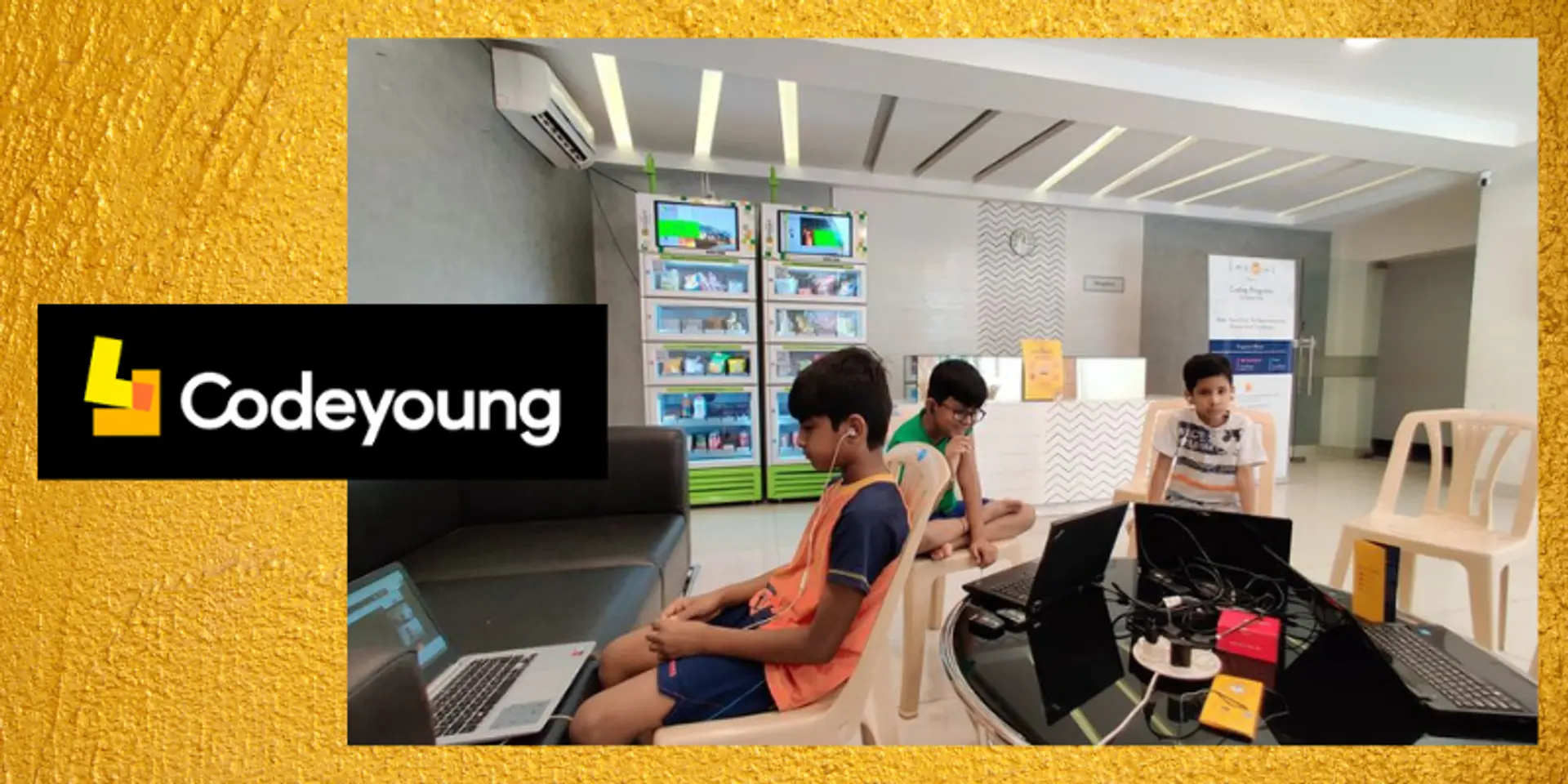
We at Codeyoung consider that the process of learning code must be as thrilling as the technology wished by kids dream of as they code. We do so much more than teach basic tutorials in our Scratch coding classes, though, and we combine creative programming, effective learning, and practical implications into each course to ensure that young users get something meaningful and unforgettable out of every session. Whether it's their first time experimenting with scratch and coding or they're aiming to understand how to create a Scratch game, we make every moment count.
✅Trained educators offer 1:1 live mentorship opportunities- Children get individual attention in the classroom as trained educators know how to guide, inspire, and challenge young coders in all the right directions.
In a real classroom setting, it will be possible to ask questions, receive immediate feedbacks and participate in useful discussions that will improve their knowledge and morale.
They no longer exist as the recipients of the information, but are enrolled in their own learning process, an aspect that not only develops technical expertise, but also instils self-confidence.
✅Themes and project-based curriculum aligned to the real-world- Our courses are composed of working on project-based learning that corresponds to relevant themes, such as space adventures, smart cities, or favorite characters, making the learning process more interesting and applied.
The kids not only manage to stay engaged, but by addressing topics that interest them, kids also get a better sense of the role that coding can occupy in other spheres of life, such as science, storytelling, and art.
Students have an opportunity to use their logic, design thinking, and creativity through every project in a manner that contributes to the sense of relevance and reward in their work.
✅Promotion of free thoughts and creativity - Students are encouraged to discover, create and code. They are not supposed to do the given rules and simply obey. Instead, they will be shown how to come up with their own scenarios, come up with creative decisions and solve problems.
Instead of teaching the kids to code as a set of rules to learn by heart, we demonstrate how to treat it as a form of creative expression. They are able to come up with their own games, create their own characters, or make their own stories fly-they are gaining confidence and expressing their ideas by bringing their pictures to life. We make them feel that they are creators, not learners.
✅How to code a game on Scratch to tell stories with code- Whether it is creating a detailed quiz, an animation of a brief story, or an actual game, our courses can teach students how to create awesome projects containing both logic and imagination, as well as their own original designs. From how to program a game from Scratch to storytelling with code blocks.
Students attain an array of skills, including learning how to program a game in Scratch, to designing interactive stories with moving sprites and text in them.
Not only do they know how coding works, but they are also able to get a sense of the achievement of something unique and personal. These experiences bring about confidence, new interests, and make up a firm base for future advanced learning.
Conclusion
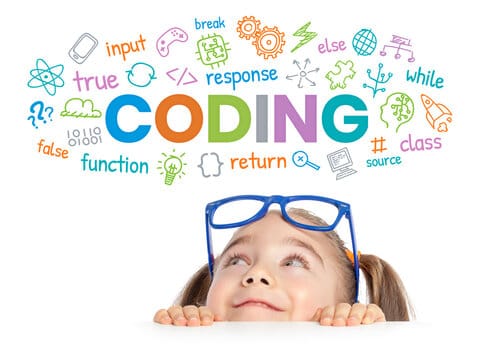
Scratch is much more than a coding platform; it is a highly effective launcher that is getting children in the digital world with a confident step.
Scratch is a coding language that is easy even to inexperienced users due to its simple drag-and-drop interface and can enable kids to become creative, logical and possess a strong sense of accomplishment. Whether they’re curious about how to code a game from Scratch or simply beginning their journey into scratch and coding, the experience is always rewarding.
It is the right platform in terms of fun, education as well as long-term value to the parents who are uncertain about where to start their children with coding.
It is not memorizing the code, it is getting to know how to think, solve problems, and create something in the real world out of imagination. Scratch can be used to transform passive interaction with screens into a skills-affirming adventure when it is presented in the correct manner.
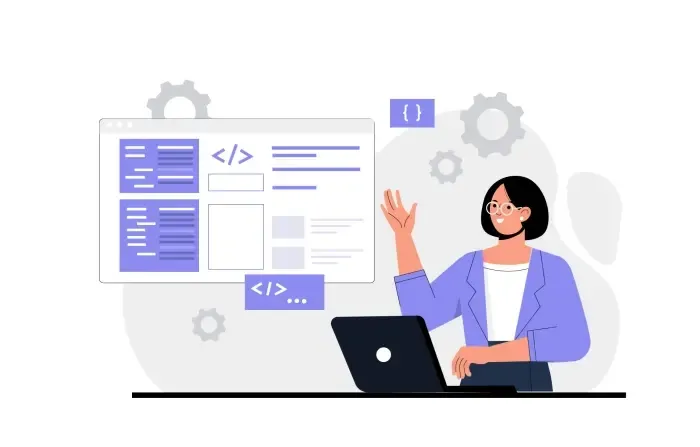
Why Scratch Is a Good Start:
✅Introduces basic principles of coding in a visual display, such as loops, events, and conditionals
✅Enhances the ability to think creatively when the children create games, animations, and interactive tales
✅Creates self-esteem as kids see their concepts in real time before their eyes
✅Promotes exploration and questioning by adopting project-based learning
✅Establishes a solid background within such future programming languages as Python or JavaScript
No matter whether your kid aspires to become a game designer, engineer, storyteller or innovator, Scratch is an excellent introductory program that will foster their talents in a fun and efficient way. Given the proper learning conditions and support, they are not only learning how to code but become more able to think as creators, inventors, and problem-solvers.
Scratch Coding Classes for Kids – FAQs
How do Scratch and coding work together in a class?
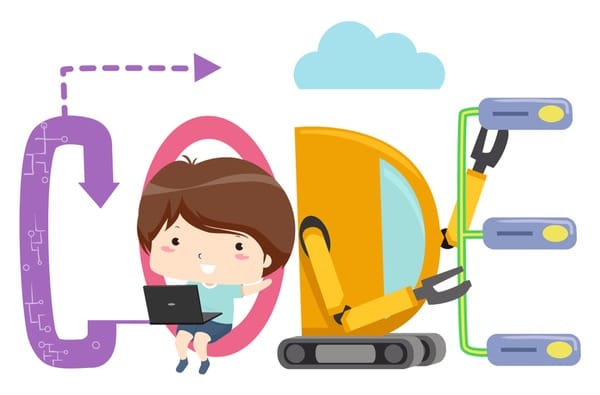
During a Scratch coding course, children make use of Scratch visual block-based interface to generate logic-oriented projects such as games, stories, and animations. With this practical experience, the playful and easy real programming concepts such as loops, conditions, and variables are introduced.
How do Scratch and coding help develop problem-solving skills?
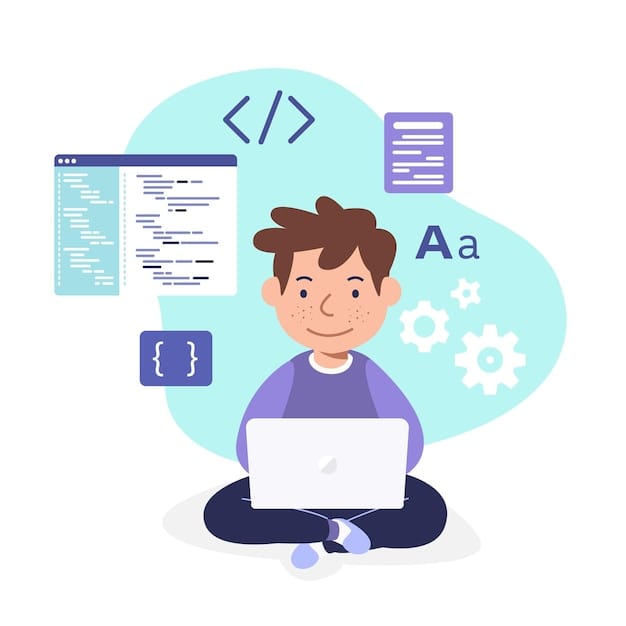
Kids will automatically know how to plan their logic when constructing a project in Scratch, and know how to resolve bugs, and how to test various results. The process of trial and error and subsequent perfecting increases their critical thinking and problem-solving skills, which can be applied in other settings, as well as coding.
Is Scratch a programming language that prepares kids for more advanced coding?
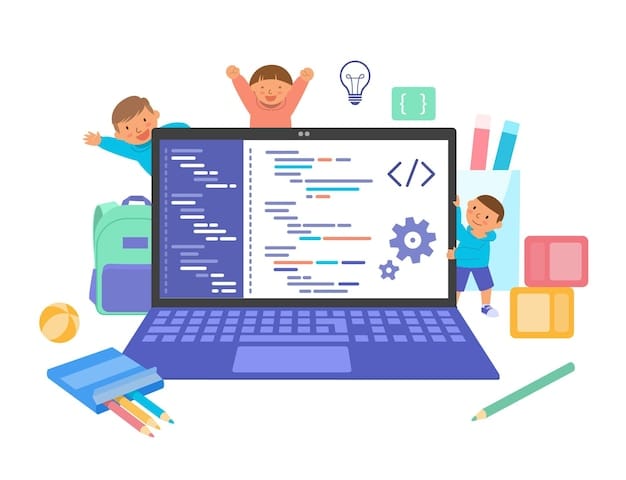
It is--Scratch is a beginner/approachable programming language that teaches the same logical concepts as other languages, such as Python or JavaScript. As soon as children start to visualize these foundations, they will have fewer difficulties with textual patterns of coding in the future.
What’s the difference between learning how to program a game from scratch and using Scratch?
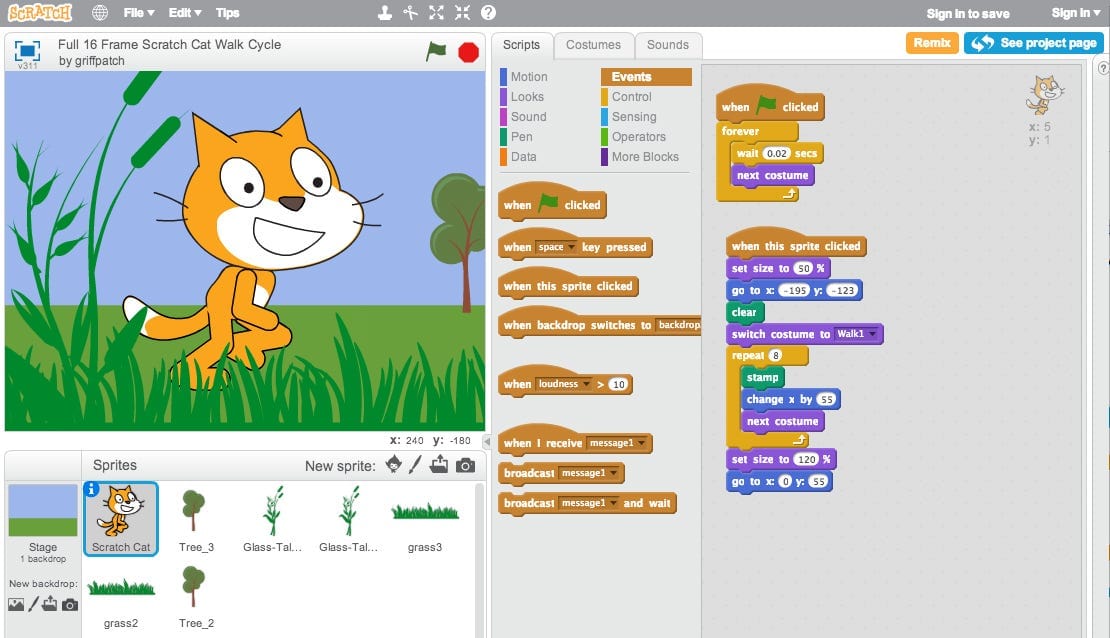
The phrase learning to program a game usually means writing raw code using a plain text-based programming language. Scratch involves implementing an identical logic with the help of drag-and-drop blocks, which is quicker, more visual, and much less prone to errors by new users.
How does Codeyoung teach kids how to code with Scratch effectively?

We combine interesting lessons with real-life projects and with freedom to think and create at Codeyoung. Instructors concentrate on showing the reasoning behind what children create to each kid-so, learning should be entertaining, purposeful, and empowering.
Comments
Your comment has been submitted successfully!